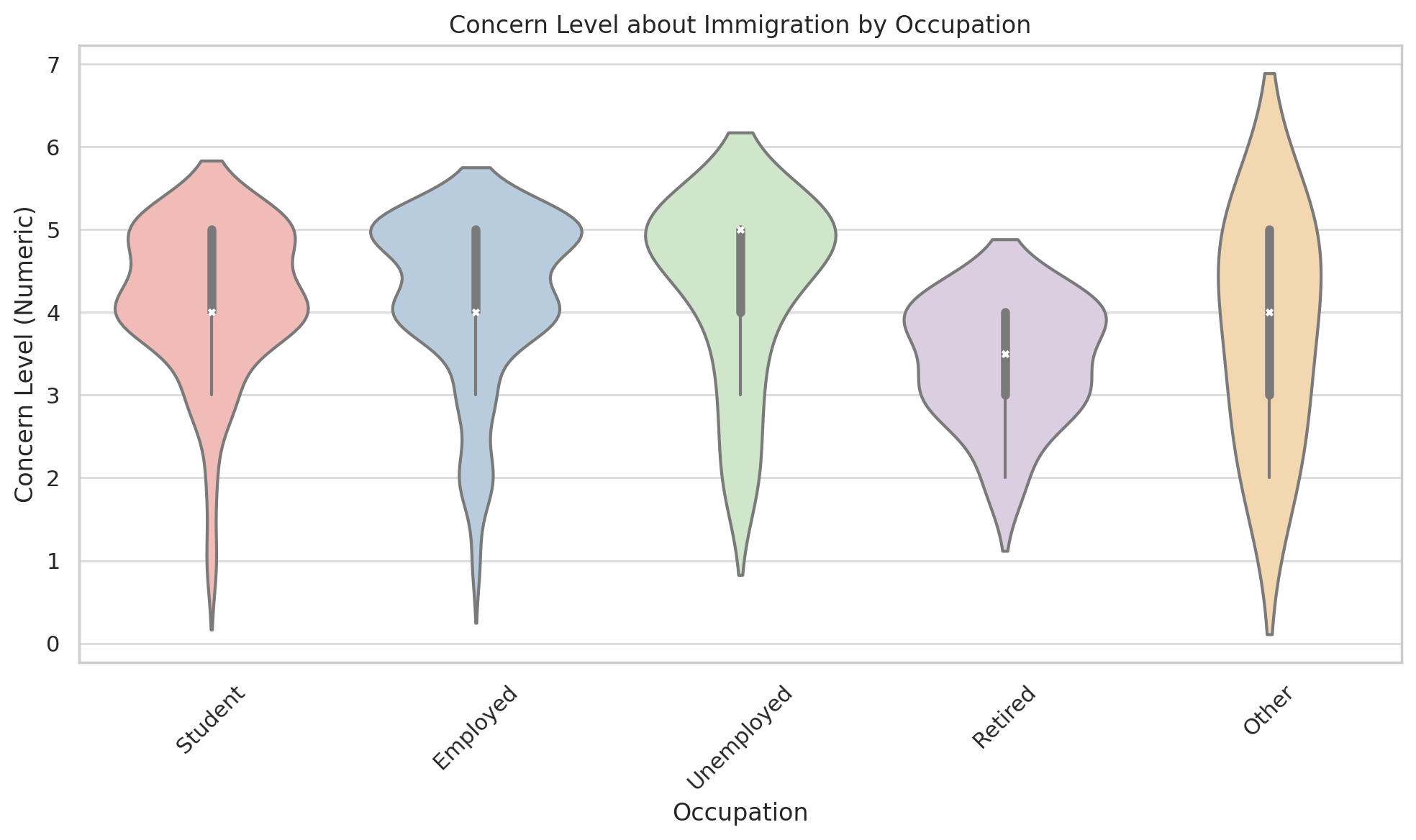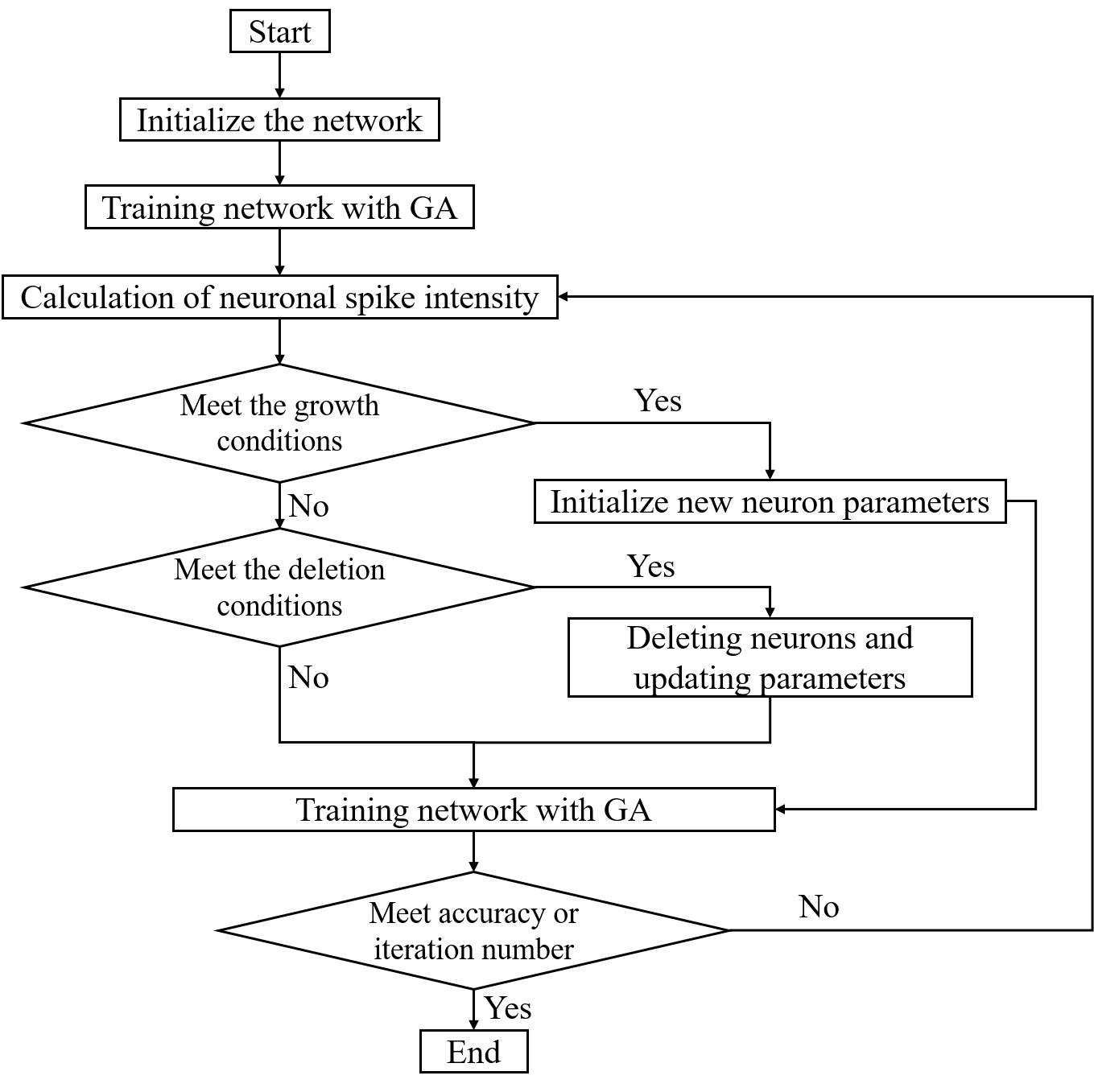 An open access journal
An open access journal
5G Technology and Beyond: Shaping the Future of Connectivity
Abstract
5G technology has ushered in a new era of connectivity, enabling faster data speeds, low latency, and transformative applications. This paper explores the significance of 5G and beyond, emphasizing its role in telecommunications, IoT, and smart cities. It delves into various aspects, including 5G network architecture, mmWave spectrum, and edge computing. The discussion includes the benefits of 5G technology, such as enhanced mobile experiences, autonomous vehicles, and real-time data analytics. Moreover, the paper addresses the challenges and considerations in deploying 5G networks, including infrastructure development and security. Through a review of 5G use cases and research, the study highlights the positive outcomes associated with the evolution of wireless connectivity.
Share and Cite
Article Metrics
References
- Andrews, J. G., Buzzi, S., Choi, W., Hanly, S. V., Lozano, A., Soong, A. C., & Zhang, J. C. (2014). What will 5G be?. IEEE Journal on Selected Areas in Communications, 32(6), 1065-1082.
- Boccardi, F., Heath, R. W., Lozano, A., Marzetta, T. L., & Popovski, P. (2014). Five disruptive technology directions for 5G. IEEE Communications Magazine, 52(2), 74-80.
- Ji, H., Kim, Y., Park, H., Hong, S., & Kim, S. L. (2018). Millimeter-wave beamforming for wireless backhaul and access in small cell networks. IEEE Transactions on Communications, 66(12), 5730-5744.
- Rappaport, T. S., Sun, S., Mayzus, R., Zhao, H., Azar, Y., Wang, K., ... & Shafi, M. (2013). Millimeter wave mobile communications for 5G cellular: It will work!. IEEE Access, 1, 335-349.






